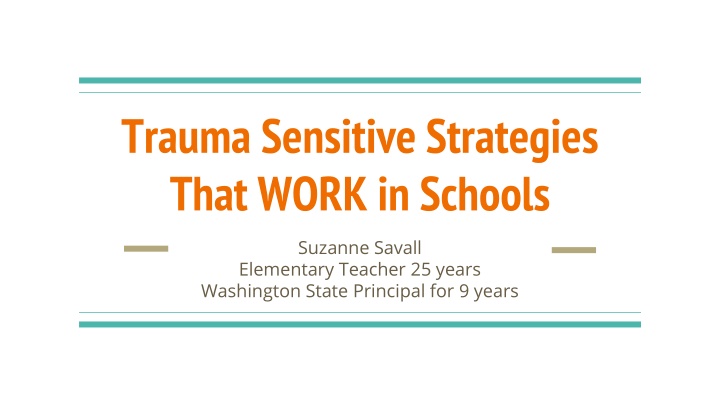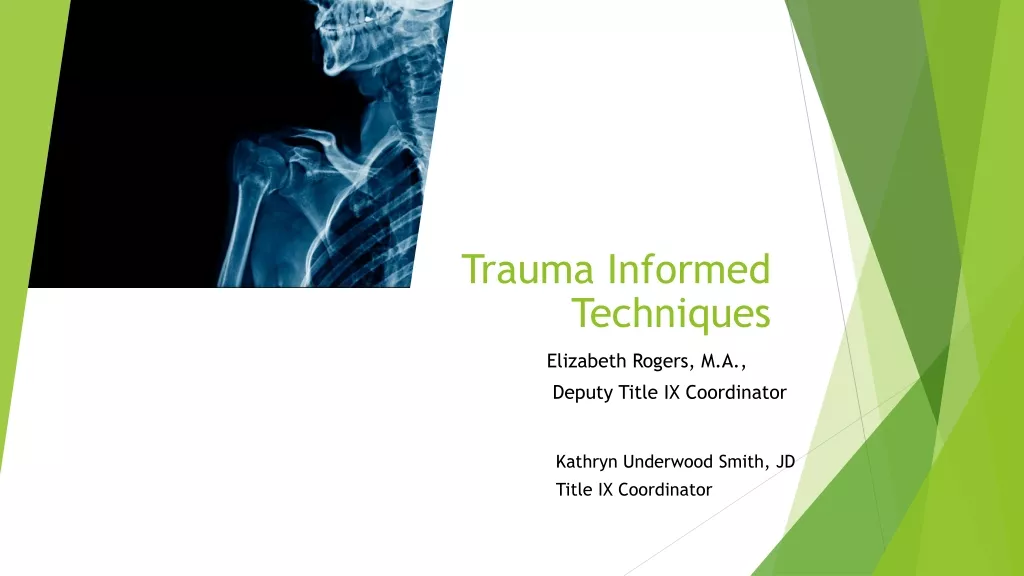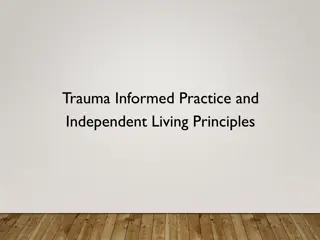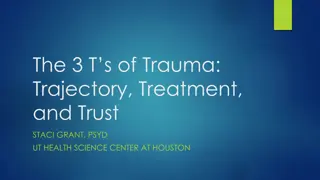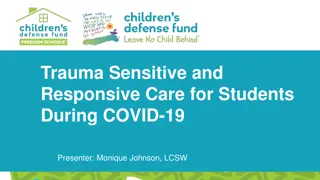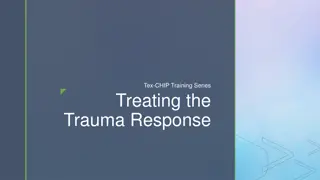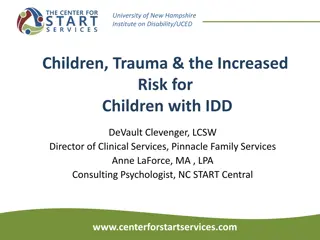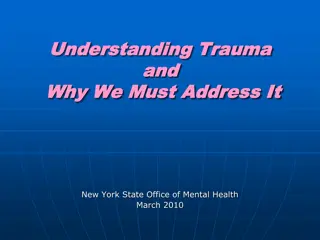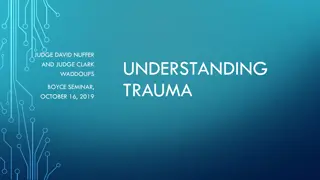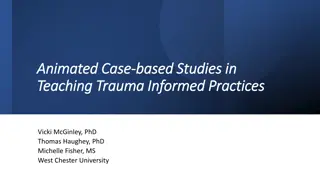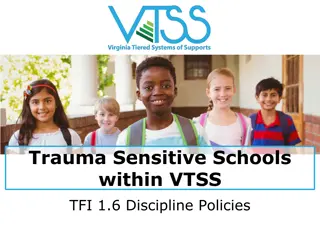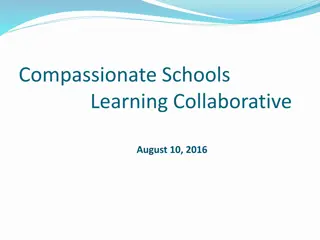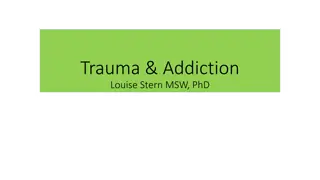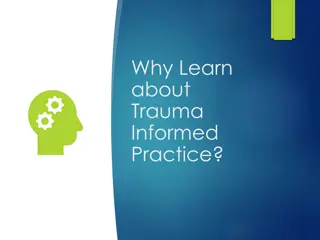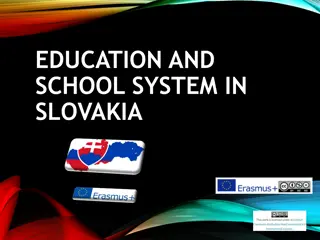Effective Trauma-Sensitive Strategies in Schools by Suzanne Savall
Suzanne Savall, an experienced elementary teacher and principal from Washington State, shares insights on implementing trauma-sensitive strategies in schools. She emphasizes building resilience, creating a safe caregiving system, and understanding the impact of trauma on the developing brain. The school-wide procedures include morning greetings, OTIS Time, self-regulation tools, and clear expectations for students’ success. Evidence of student success showcases the positive outcomes of these approaches.
Download Presentation

Please find below an Image/Link to download the presentation.
The content on the website is provided AS IS for your information and personal use only. It may not be sold, licensed, or shared on other websites without obtaining consent from the author.If you encounter any issues during the download, it is possible that the publisher has removed the file from their server.
You are allowed to download the files provided on this website for personal or commercial use, subject to the condition that they are used lawfully. All files are the property of their respective owners.
The content on the website is provided AS IS for your information and personal use only. It may not be sold, licensed, or shared on other websites without obtaining consent from the author.
E N D
Presentation Transcript
Trauma Sensitive Strategies That WORK in Schools Suzanne Savall Elementary Teacher 25 years Washington State Principal for 9 years
The Journey to Becoming a Trauma Sensitive School Resilience from personal trauma Participated in Washington State University Area Health Education Center/Bill and Melinda Gates 3 year grant Initiated Complex Trauma Team with Certified and Classified staff that created school-wide trauma sensitive strategies
Trauma and the Brain Science shows that exposure to circumstances that produce persistent fear and chronic anxiety can have lifelong consequences by disrupting the developing architecture of the brain.
School-wide Trauma Sensitive Procedures Each morning, students are greeted with a high 5, hug, or fist bump in entry by several adults and again prior to entering each class. Inside morning greeting video
School-wide Trauma Sensitive Procedures, continued OTIS Time - First 15 minutes of school - no academics Daily schedule placed so all students can view- Highlight changes to the norm The pencil trick and rock tray
School-wide Trauma Sensitive Procedures, continued Staff "adopting" high risk kids Self-regulation tools Clear expectations taught to and reinforced at beginning of year and after each break or 3 day weekend No classroom intercom interruptions
Evidence of Student Success Otis was awarded the Washington State School of Distinction Award three years for being in the top 5% of schools in the state with academic improvement. Discipline referrals, suspensions/expulsions lower than other schools in district with similar poverty. Continue to have increased attendance and academic achievement compared to other similar schools.
A Cry For Help All of this support takes so much time from the other work Principals and staff are expected to accomplish daily. Schools need full- time staff that are designated to help students regulate themselves AND give families the support they need. In order for this to happen, funding must be provided TO SCHOOLS, often the first line of defense against this epidemic. If not, MORE schools will have to fight lawsuits for not providing interventions for children of trauma.
